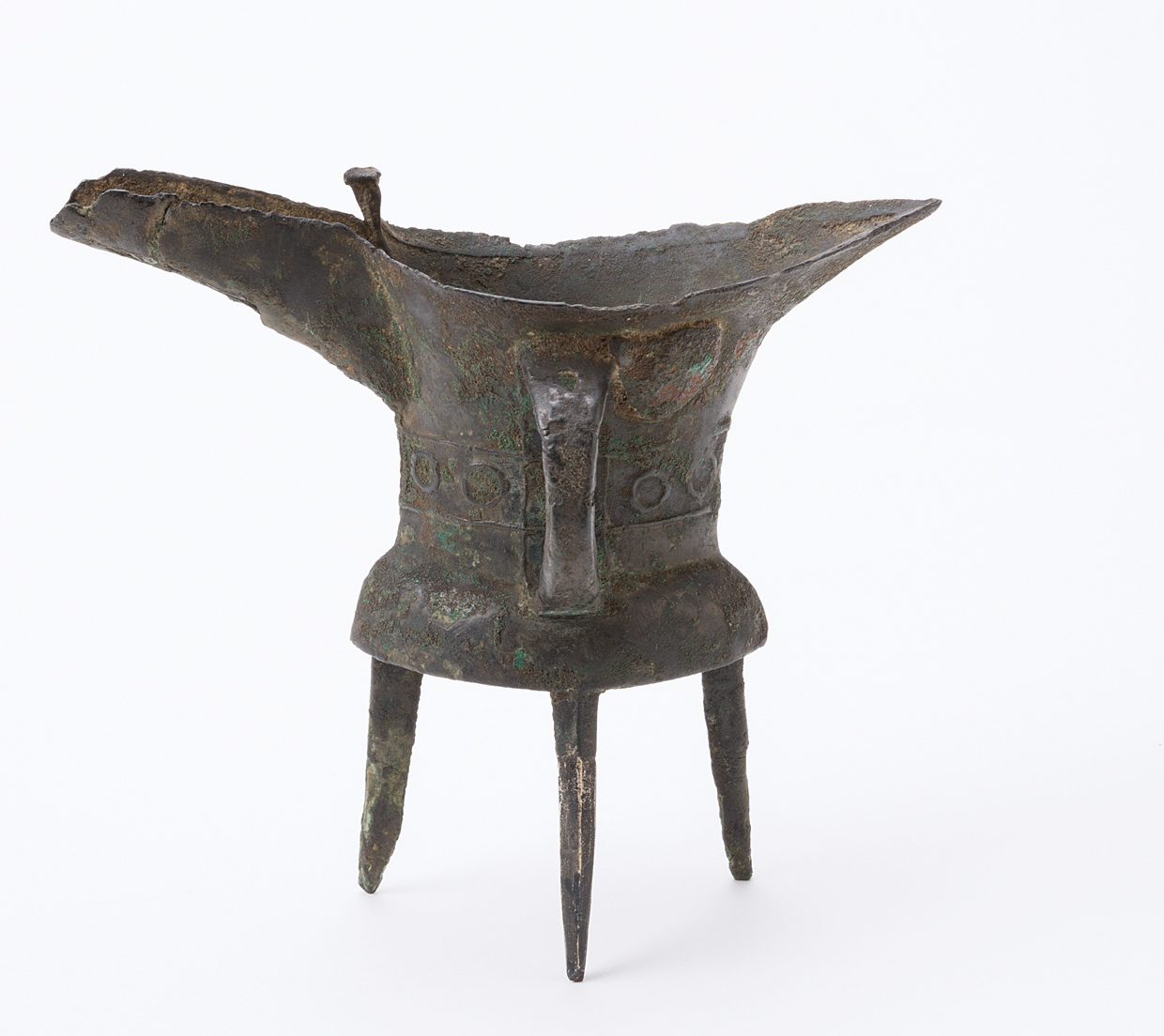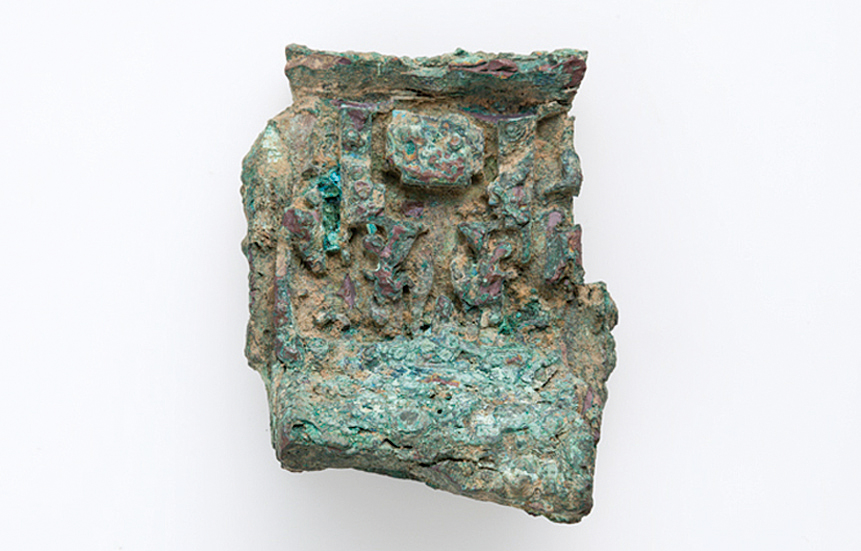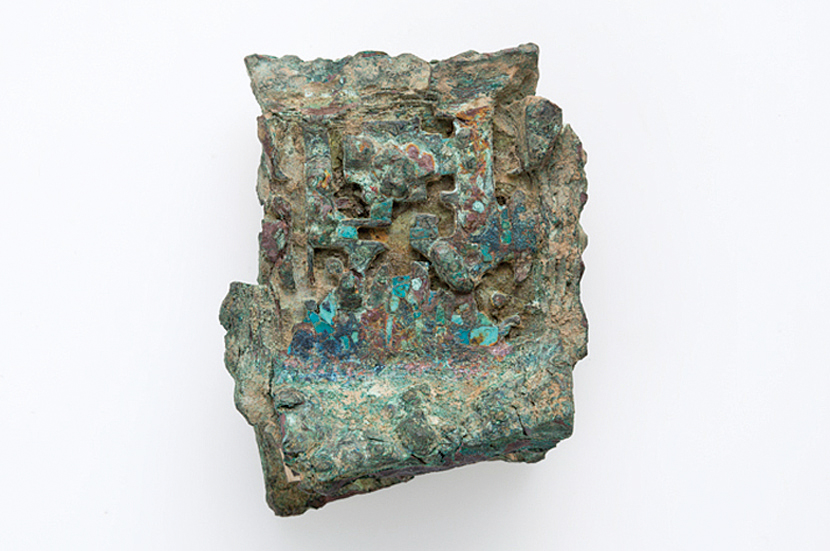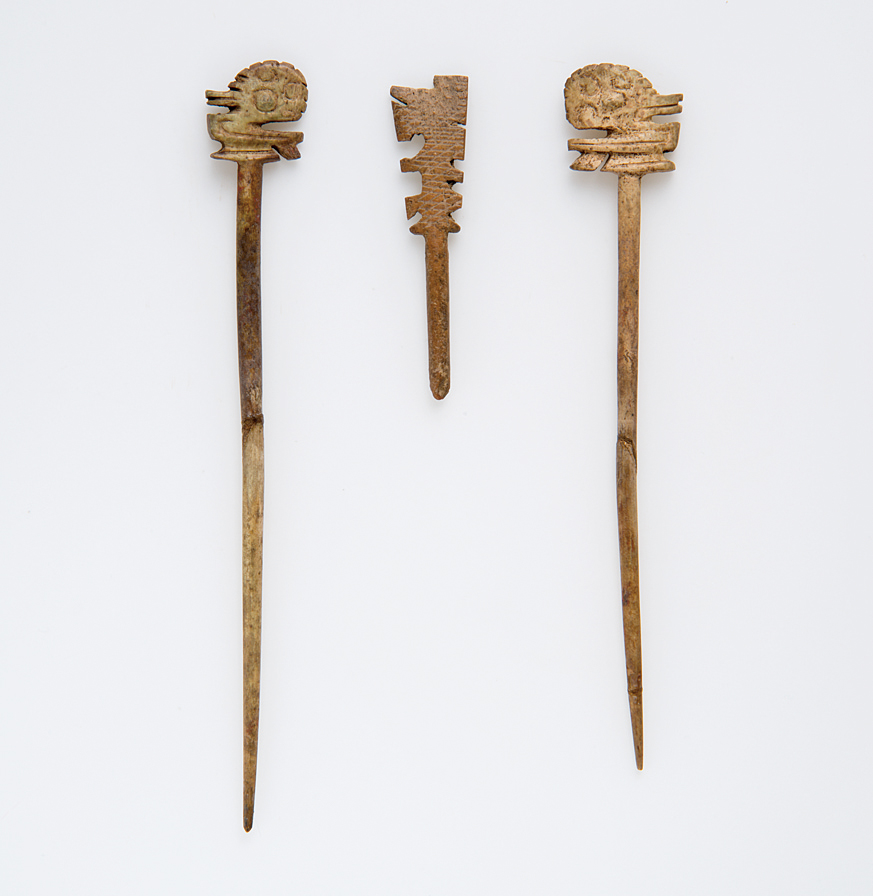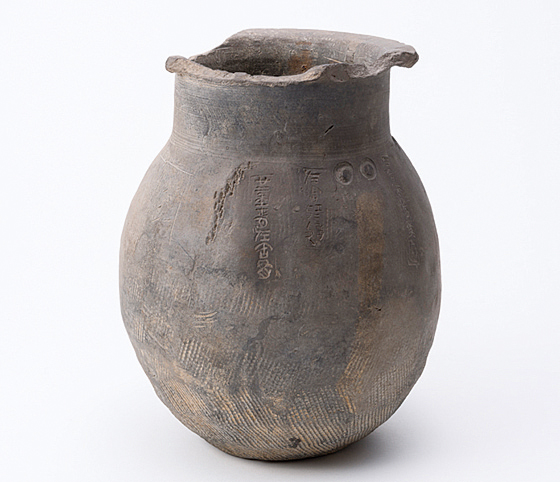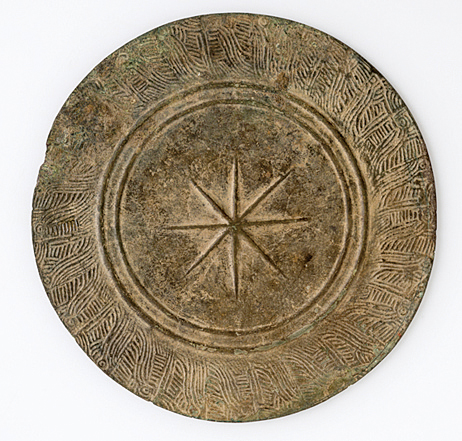F4
Archaeology of Ancient China
Bronze vessels and Chinese characters are among the most important cultural elements of ancient China. Although bronze cultures can be found all over the world, bronzes in ancient China were characterized by their social role. That is, the bronzes were the political tool of royal families. In the 17th century BC, Chinese people started to use the clay mold section method to cast the bronze vessels. Today, these bronze vessels are unearthed not only in the central plain of China but also in the Yangzi river valley. Ancient Chinese dynasties distributed these bronze vessels to various districts, and had lords engage in rituals for the royal family and its ancestors in order to ensure their rule. Chinese characters, meanwhile, were born as characters inscribed on oracle bones in the late Shang dynasty (13-11th centuries BC). Later, those characters were also cast as inscriptions on bronze vessels, stamped on potteries, written on bamboo and silk manuscripts, etc. These were also used as political and recording tools, and contributed to the formation of the ancient states in China.
The bronze depicted here is a vessel called a “Jue爵”, from the early Shang period (Erligang二里岡 period). It was donated by Namio Egami in the 1930s. Although its shape is a typical Shang style, we can also see the casting skill of the “Xia” in the spacer on its handle.
All of the ancient Chinese materials described here are owned by the Museum of the Faculty of Letters, established in 1910. Today, the museum not only holds Chinese materials, but also many kinds of archaeological materials from all over the world. The Institute of the Advanced Studies on Asia (IASA), the University Museum and the Komaba Museum also have archaeological materials from ancient China. (Mai Suzuki)
References
鈴木 舞(2010)「東京大学文学部列品室所蔵青銅爵に関する考察-特にその製作技術の面から-」『東京大学考古学研究室研究紀要』24: 1–28。

